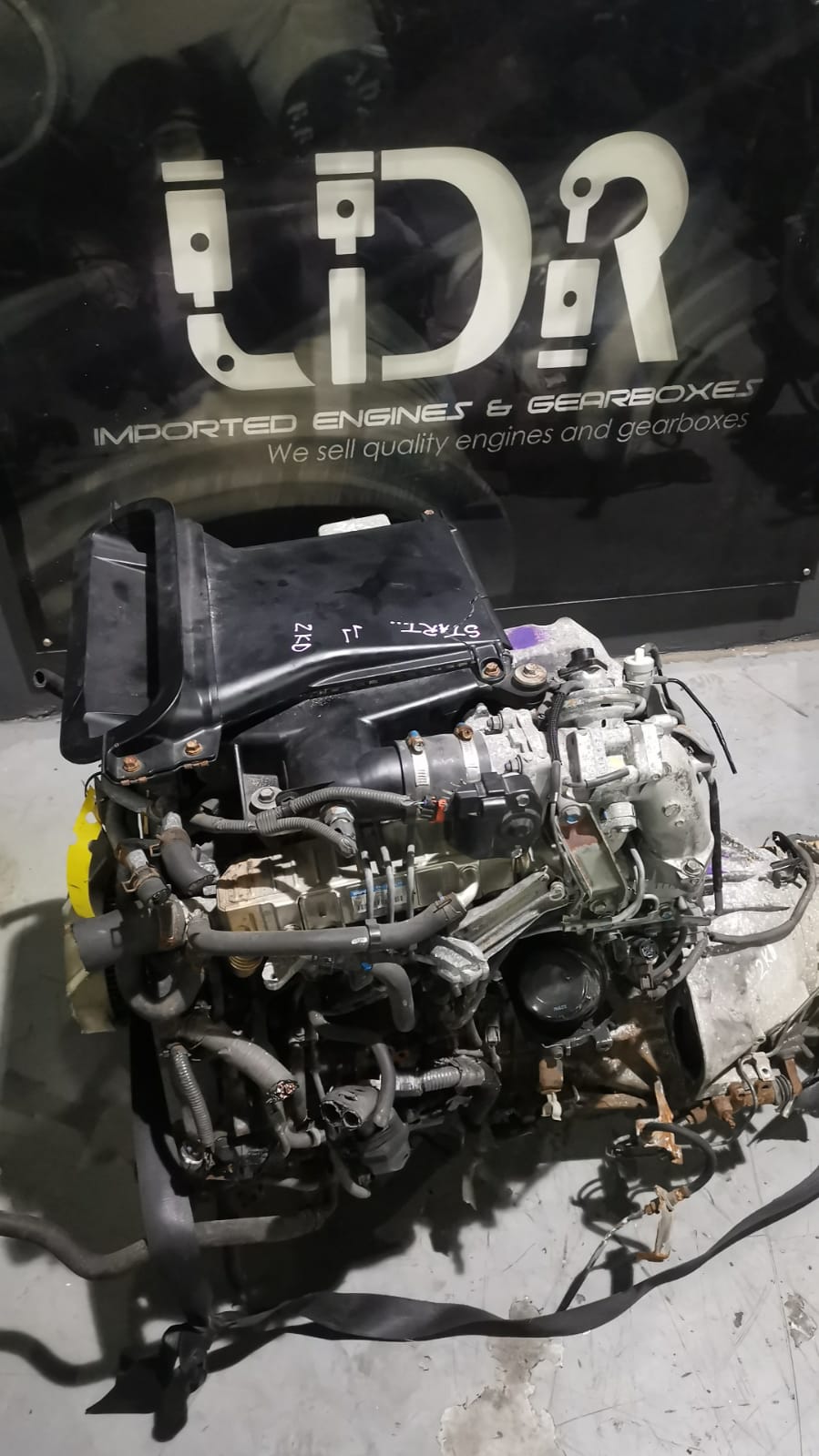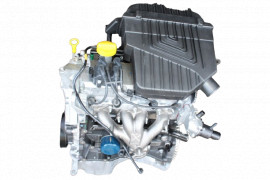Upgrade Your Automobile with a New Opel Corsa Engine
Upgrade Your Automobile with a New Opel Corsa Engine
Blog Article
Checking Out the Inner Operation of a Compact Lorry's Engine System
As chauffeurs, we often take for granted the detailed processes that happen within the boundaries of our lorry's engine system. In this exploration of a compact lorry's engine system, we will certainly unwind the internal functions of this mechanical symphony, losing light on the enigmas that drive us onward on our daily trips.
Combustion Refine Review
The burning procedure in a compact car's engine system is a crucial system that successfully transforms gas right into power to power the vehicle. This procedure takes place within the burning chamber of the engine, where gas and air mix, stir up, and create regulated explosions. The burning process includes 4 primary phases: intake, exhaust, power, and compression.
Throughout the consumption stage, the piston relocates downward, pulling in a mix of air and fuel right into the burning chamber. The next stage, compression, involves the piston relocating up, pressing the air-fuel mixture to raise its strength. Consequently, in the power phase, the spark plug fires up the compressed mix, leading to a rapid development of gases that requires the piston back down. This down movement generates the power required to drive the vehicle. Finally, in the exhaust phase, the burned gases are eliminated from the combustion chamber via the exhaust valve, preparing the chamber for the next cycle. This cyclic combustion process is essential to the operation of a small lorry's engine system, making sure effective power conversion for propulsion.
Piston and Cyndrical Tube Communication

The piston's precise fit within the cylinder is essential for maintaining ideal compression and avoiding power loss during combustion. Tight clearances between the piston and cyndrical tube walls make sure reliable sealing, allowing the piston to relocate smoothly without enabling gases to leak past. Proper lubrication is likewise important to decrease rubbing and use in between these parts, boosting long life and performance.
Furthermore, the layout and materials used in producing the piston and cylinder impact engine performance and longevity. Modern engines often use lightweight yet sturdy products like aluminum alloys for pistons and cylinder liners to minimize inertia and boost thermal efficiency. On the whole, the harmonious communication between the piston and cylinder is essential to the engine's performance and total efficiency.
Fuel Shot System Performance
Fuel injection systems in small vehicle engines play an essential duty in exactly delivering gas to the burning chamber for effective and controlled ignition. The gas injection system functions by infusing gas right into the burning chamber at the optimal moment during the engine's procedure (opel corsa engine). This specific timing makes sure that the fuel mixes evenly with the air for correct burning, causing improved fuel performance and decreased exhausts
There are mainly 2 kinds of fuel injection systems used in portable automobile engines: port fuel injection (PFI) and straight fuel shot weblink (DFI) PFI systems infuse gas right into the consumption port prior to the intake valve, while DFI systems inject fuel directly into the combustion chamber. Both systems have their benefits, with DFI supplying far better gas atomization and PFI providing an extra economical service.
Understanding Engine Cooling Systems
Effective procedure of a portable car's engine relies greatly on the performance of its cooling mechanisms. The cooling system in a portable lorry normally consists of several components functioning with each other to control the engine temperature level. Understanding these engine cooling mechanisms is essential for preserving the performance and durability of a compact lorry's engine system.

Exhaust System Components Explained
The optimal functioning of a portable automobile's engine cooling devices depends upon a complementary system called the exhaust system, which makes up numerous essential parts for guaranteeing reliable exhausts and engine efficiency. The exhaust system includes elements such as the exhaust manifold, catalytic converter, muffler, and tailpipe. The exhaust manifold collects exhaust gases from the engine's cylinders and courses them to the catalytic converter. The catalytic converter then transforms damaging contaminants in the exhaust into less harmful emissions prior to releasing them via the muffler and tailpipe.
One vital element of the exhaust system is the oxygen sensing unit, which checks the oxygen levels in the exhaust gases to aid control fuel intake and make sure ideal engine performance. reference opel corsa engine. In addition, the resonator may exist in some exhaust systems to reduce noise levels. Overall, the exhaust system plays an important role in maintaining engine effectiveness, lowering harmful emissions, and guaranteeing a quieter driving experience for portable vehicle proprietors

Conclusion
To conclude, the compact car's engine system is an intricate mix of parts that collaborate to help with the combustion process, convert gas into power, and expel waste gases. Recognizing the inner workings of the engine system, including the piston and cylinder communication, gas shot system, engine cooling devices, and exhaust system parts, is vital for preserving ideal performance and effectiveness of the car.
The burning process in a compact lorry's engine system is an important system that effectively converts fuel right into power to power the car.Gas shot systems in small vehicle engines play an important role in specifically supplying gas to the burning chamber for effective and controlled ignition.There are mainly two kinds of fuel injection systems utilized in portable car engines: port fuel shot (PFI) and direct gas shot (DFI) Comprehending these engine air conditioning devices is crucial for maintaining the performance and durability of a small automobile's engine system.
The optimal functioning more of a portable lorry's engine air conditioning mechanisms depends on a complementary system understood as the exhaust system, which consists of different important parts for making sure effective emissions and engine performance.
Report this page